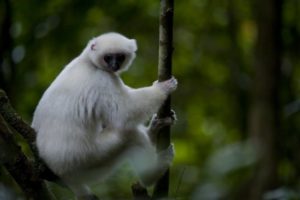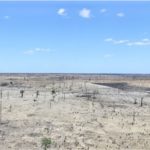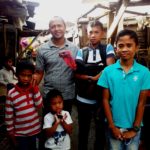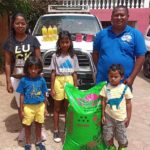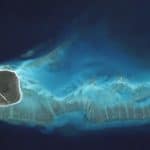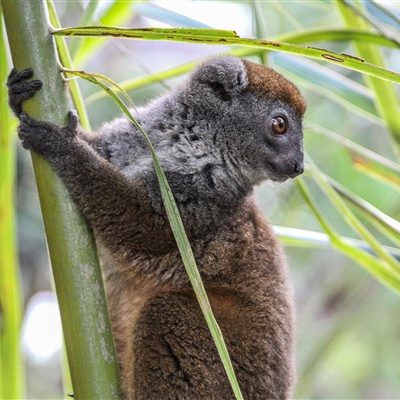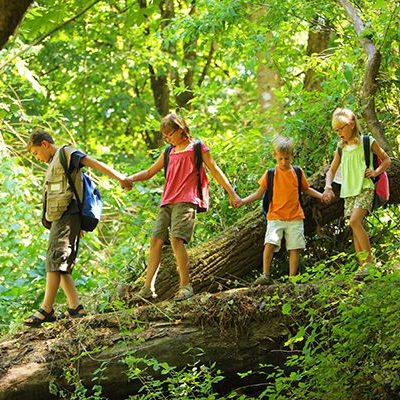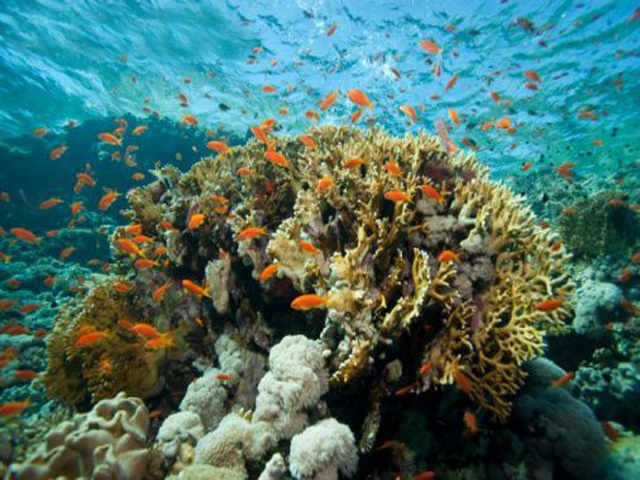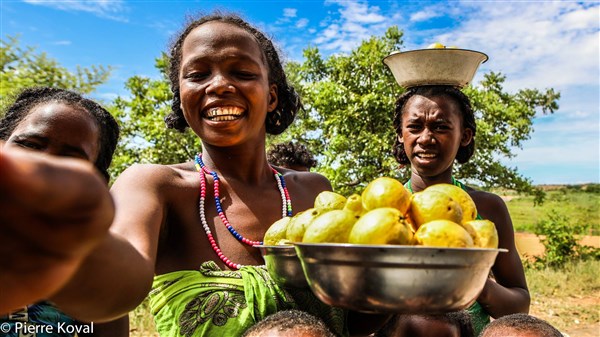The Vanilla Coast: Sambava-Antalaha-Vohemar-Andapa
Antalaha
This fishing village in the southern part of the Vanilla Coast still lived to the rhythm of its swinging pirogues 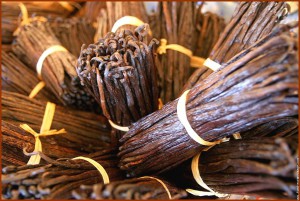
This "brown gold," which plays an essential role in national exports, has made Antalaha the economic center of the Northeast.
Agricultural projects, commercial port, regional market: Antalaha attracts Merina, Betsimisaraka, Tsimihety, Chinese and Indians. It is a pleasant, green and flowery city that smells of vanilla many months of the year.
Ankavanana and Ankavia Valley
In these valleys, which penetrate into the heart of the primary forest, vanilla cultivation occupies almost 3,000 ha. The visit of these immense plantations is the subject of organized excursions.
Lake Ampahana (20 km north of Antalaha, on the road to Sambava).
Its waterfowl - teal, wild geese, humpback ducks - and crocodiles have made it a gathering place for hunters in the region.
Vanilla games
Each year at the time of the vanilla harvest, the Antalaha Vanilla Athletic Games (JAVA) bring together farm workers, fishermen and townspeople.
After the sporting events, the lively rhythms of Salegy, Oasta-Oatsa and Malesa keep the city in a dancing mood until dawn.
Sambava (80 km north of Antalaha)
Sambava is still an important center of vanilla production, coconut, wood, coffee and other 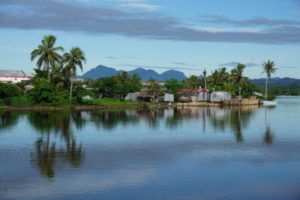
The humid tropical climate makes the small port town at the foot of the Marojejy massif seem like a garden of intoxicating fragrances.
The Sambava Estuary separates the city center in the south from the more popular part of town Antaimby with its stores, small restaurants and hotels.
At the lively Tuesday market you can enjoy seasonal fruits (persimmons, mangoes, pineapples) and buy fabrics, handicrafts, spices, rum and, of course, vanilla beans.
Marojejy Integrated Nature Reserve
(90 km from Sambava, northeast of Andapa)
The crystalline Massif of the Marojejy (2,137 m), which rises in its chains to the east of Tsaratanana, is a wildlife sanctuary.

The ascent of the massif requires a three-day round trip from Maroambihy; it is preferable to be accompanied by a local guide, especially since the relief and humidity make progress difficult.
Vanilla pods cooperative for vanilla (north of the city)
A visit to the plantations is a measure of the meticulous patience required to care for the vanilla plants and artificially pollinate their flowers.
After drying the pods in the open air, the cooperative's employees sort the pods by size. The bundles are packed in metal boxes lined with greaseproof paper.
Before the crates are hermetically sealed for export, an inspector sniffs each bundle to remove "defective" pods.
Coconut grove of Soavoanio, "Le Bon Cocotier" (On the way to Antalaha)
This 35,000 hectare plantation is bustling with activity. A hybrid, a cross between the dwarf coconut from Malaysia and the coconut from Africa, is grown here.
Coconuts are harvested throughout the year, but especially from late June to early September.
While some farm workers castrate the male flowers of the dwarf coconut trees, others carry out the various stages of processing: Crushing the fruit and drying the kernel, from which the copra oil is extracted.
The beaches of Sambava
The immediate surroundings of Sambava are not very suitable for swimming in the sea...
The most beautiful beach in the region is Ampadrozonanana, 3 km to the south, but if you want to go windsurfing, water skiing or fishing in a pirogue, you will prefer the calm waters of lakes Antamoty and Andohabe near the village of Antohomaro, 9 km south of Sambava.
Andapa
110 km southwest of Sambava, this place is located in a fertile basin with steep edges, the rice granary of the north, where coffee and vanilla are also produced.
In September-October, when the rains are sparse, you can follow the small paths that run in the forest between Andapa and the banks of rivers Adranofotsy or Antainambalana were docked and then taken by pirogue to Maroantsetra to arrive.
Other trails connect Andrakata, the last village before Andapa, with Antsambalahy, in the heart of the Ankavana, from where you can reach Antalaha by dugout canoe or bush cab.
Reserved for sportsmen, these expeditions require five to eight days and a good local guide.
Vohémar
The RN 5A connects Sambava with Vohémar (155 km north), another town with the scent of vanilla nestled at the bottom of a pretty bay.
Not far from there, archaeologists have excavated a huge necropolis dating from the 13th to 16th centuries, which testifies to the existence of a flourishing trading post.
At Vohémar, the RN 5A moves away from the coast to reach Ambilobe - a difficult route that is sometimes impossible in the rainy season.
River escapades
From Nosiarina, about 20 km north of Sambava, you can take a pirogue down the Bemarivo River up to Amboangibe a small village surrounded by coffee plantations.
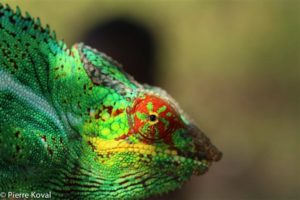
The boats that transport the coffee to the coast are happy to receive tourists on board. The return trip can be made the same way or along the river (30 km), or a similar route can be taken on the Lokoho between Farahalana (24 km south of Sambava) and Marojala.

